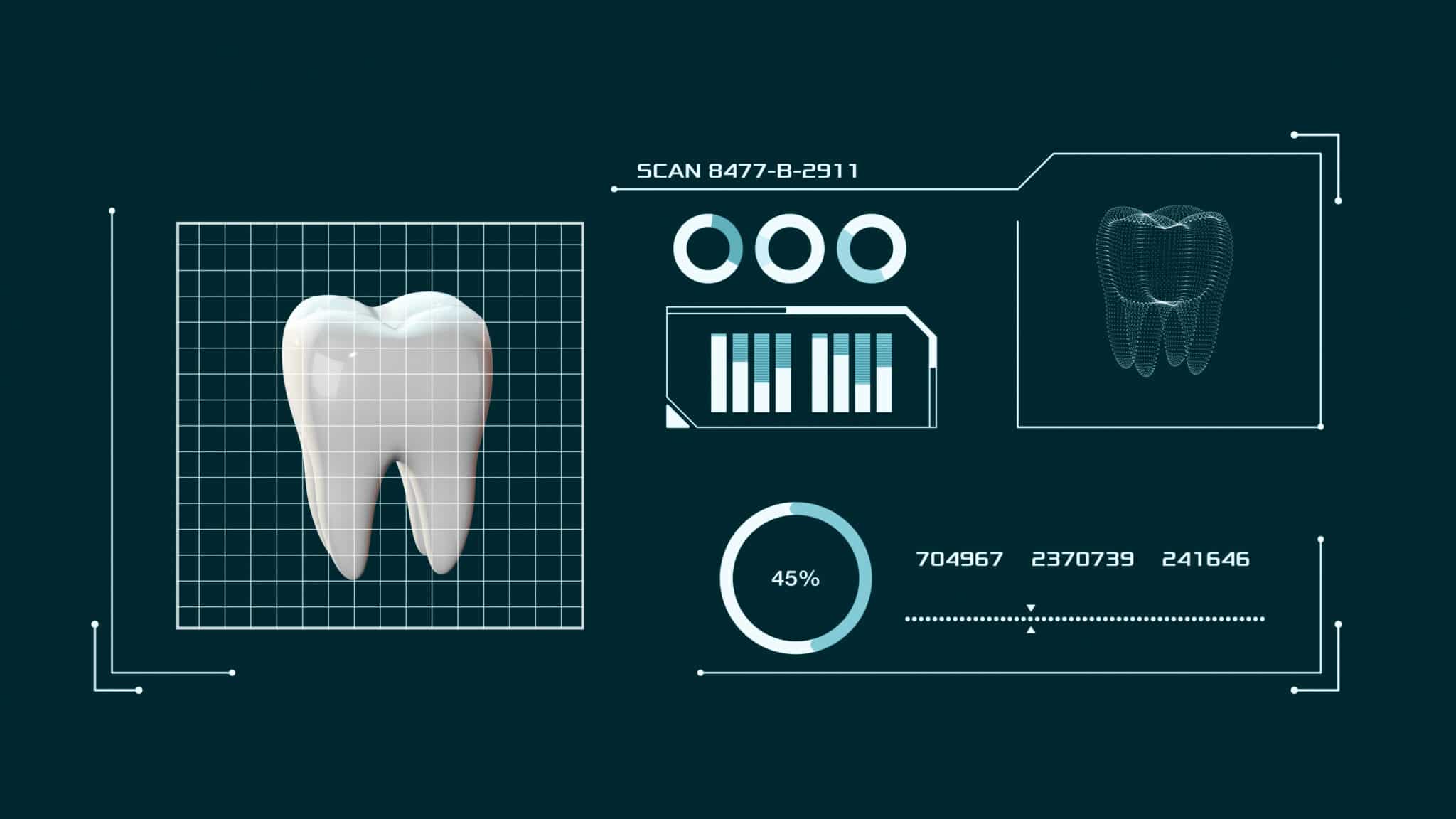A Deep Dive into Dental IT Software: Expert Commentary from Priority Networks
Dental practices today operate in a fast-paced, digital-first world. Choosing the right software is no longer just a matter of convenience — it’s critical to compliance, productivity, cybersecurity, and patient care. The article titled “5 Things to Consider When Choosing Dental Practice Software” from DentistryIQ offers a structured approach to selecting the best software solution. Drawing from its extensive expertise in dental IT support, managed dental IT services, and dental IT solutions, Priority Networks offers an in-depth commentary on each point. (Source: DentistryIQ, 5 Things to Consider When Choosing Dental Practice Software, February 25, 2019, https://www.dentistryiq.com/practice-management/financial/article/16363710/5-things-to-consider-when-choosing-dental-practice-software ).
1. What Problems Are You Solving?
The article begins by stressing that dental practices must define what problems they need the software to address — whether it’s streamlining appointments, improving documentation, or managing billing. This initial analysis lays the groundwork for making a smart investment.
Priority Networks highlights, “Before committing to any software, dental practices must take a thorough inventory of their operational pain points. The right software should not just patch a gap — it should enhance overall workflow efficiency. But more importantly, from a dental IT solutions perspective, we advise clinics to consider how well the software supports cybersecurity protocols, integrates with imaging systems, and aligns with HIPAA compliance. Overlooking these layers opens the door to vulnerabilities. Dental software isn’t just a tool — it’s part of your larger IT ecosystem, and its compatibility with secure, managed dental IT services is key to safeguarding patient data and ensuring business continuity.”
2. Is It Easy to Use?
Usability remains a top priority. The article suggests selecting software that staff can navigate without extensive training, which reduces friction during adoption.
Priority Networks explains, “Ease of use is often underestimated in the evaluation process. An intuitive interface isn’t just about convenience — it impacts your practice’s bottom line. Dental offices operate on tight schedules, and every minute wasted trying to navigate a clunky system is a hit to productivity and patient satisfaction. From our experience in delivering dental IT support, we’ve seen how overly complex software leads to bottlenecks and workarounds that compromise both workflow and data integrity. Ideally, the software should feature customizable dashboards, streamlined navigation, and minimal downtime. When paired with responsive IT services, this ensures smoother onboarding and fewer interruptions.”
3. What Is the Cost?
Cost considerations go beyond the sticker price. Practices must account for subscription fees, support packages, hardware requirements, and future scalability.
Priority Networks comments, “While cost is understandably a concern, it’s essential to think in terms of value over time. Cutting corners today can lead to major IT headaches down the road. We’ve supported practices that initially chose cheaper systems only to face costly upgrades, compatibility issues, and cybersecurity lapses later. A robust solution that integrates seamlessly with managed dental IT services can help reduce risks and overhead in the long run. Also, consider if the pricing structure scales with your practice. Is there room to grow without being penalized? Are regular updates included? These questions will save you both money and stress as your practice evolves.”
4. How Are Training and Support?
The article emphasizes the importance of strong onboarding and responsive support. Even the best dental IT software can fall flat without proper training and technical assistance.
Priority Networks shares, “Ongoing training and IT support are non-negotiables. A reliable dental IT service provider will work in tandem with your software vendor to ensure issues are addressed before they escalate. We often see practices that are under-supported struggle with underutilization of features and frequent downtime. Moreover, many software-related security incidents we’ve encountered stem from poor configurations or untrained staff. Dental practices should demand continuous access to training resources — not just a one-time onboarding session. Frequent software updates and evolving threats mean that training should be dynamic, not static. This is where managed dental IT services shine, offering both proactive monitoring and hands-on education.”
5. Do Your Peers Trust This Product?
Finally, the article suggests looking at what other dental professionals are saying. Peer reviews can offer unfiltered insights into how the software performs in the real world.
Priority Networks notes, “Peer feedback is a crucial reality check. Practices should consult online forums, speak directly with colleagues, and request references from vendors. However, it’s not just about whether peers like the software — dig deeper into what’s working or failing from an IT perspective. For example, is the software known to trigger frequent system crashes? Does it conflict with common antivirus tools? Is vendor support consistent? These are questions only someone with a solid grasp of dental IT infrastructure can fully appreciate. The best software not only satisfies end users but also earns the trust of IT professionals tasked with keeping practices secure and online.”
Choosing dental practice software is a high-stakes decision. Each of the five points outlined by DentistryIQ represents a critical component of success, but they can’t be evaluated in isolation. A well-chosen software solution must seamlessly integrate into the practice’s broader IT framework while maintaining stringent cybersecurity standards.
Priority Networks concludes, “When dental software is chosen wisely and supported correctly, it becomes a catalyst for growth, efficiency, and security. In today’s environment, where cyber threats are increasing, and patient expectations are higher than ever, the intersection of functionality and IT strategy is where smart practices thrive. Dental IT support is no longer a backend concern — it’s central to operational excellence.”




